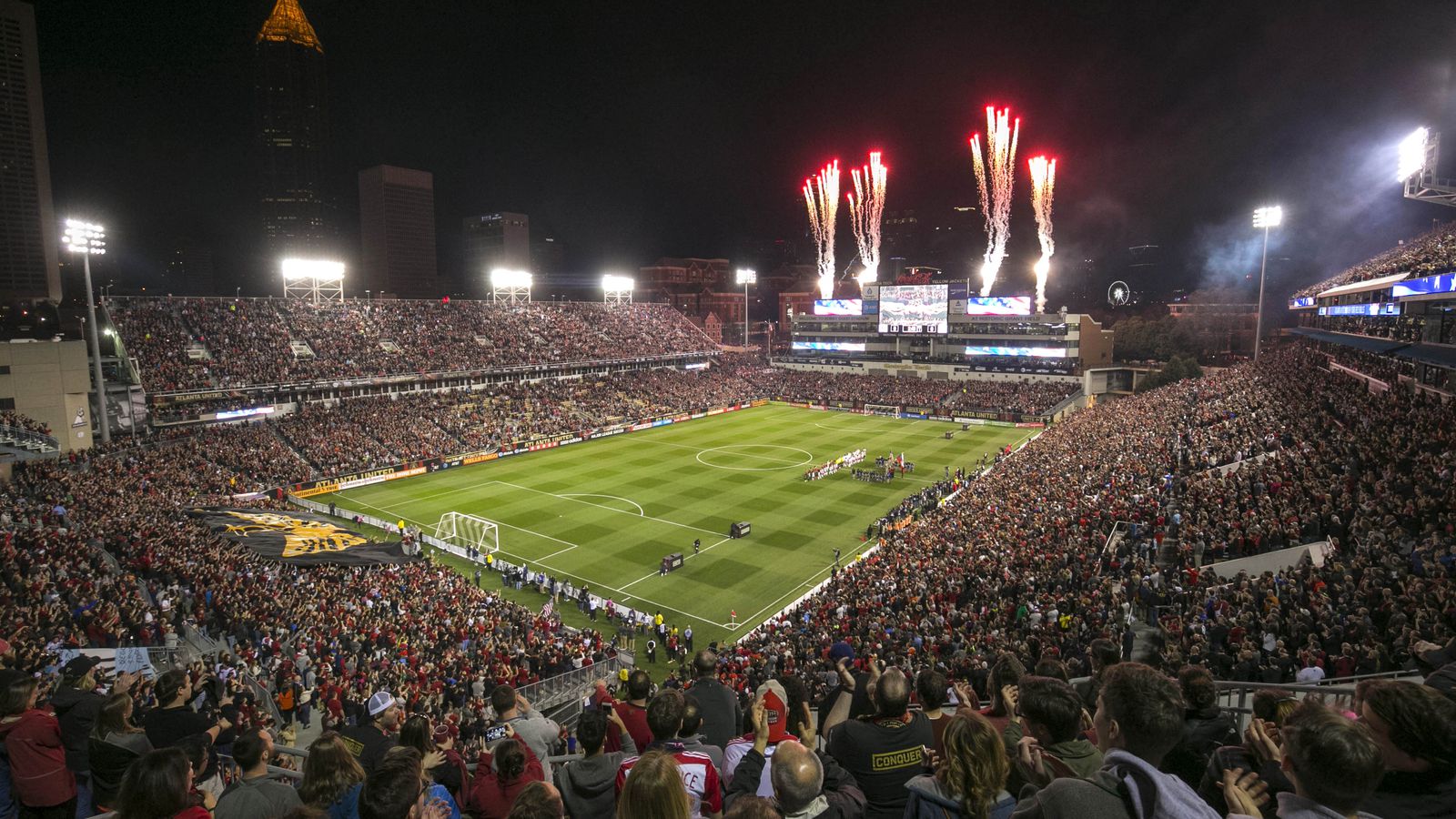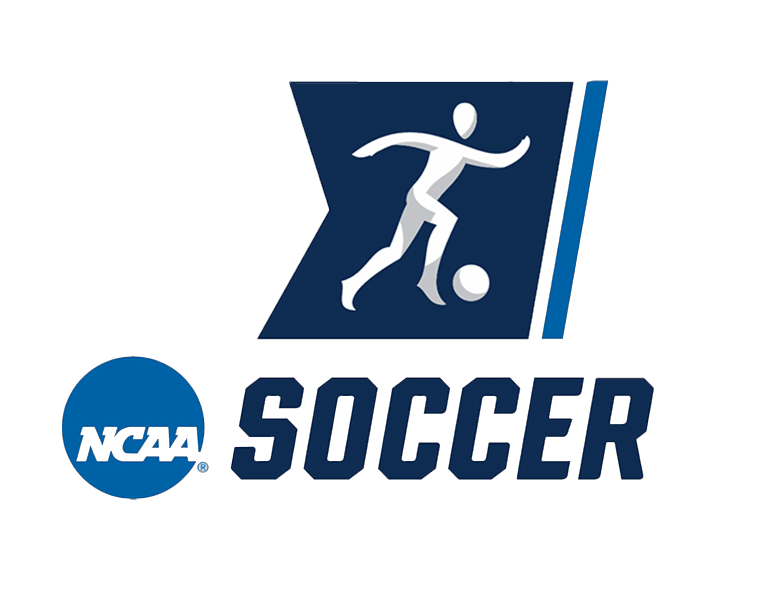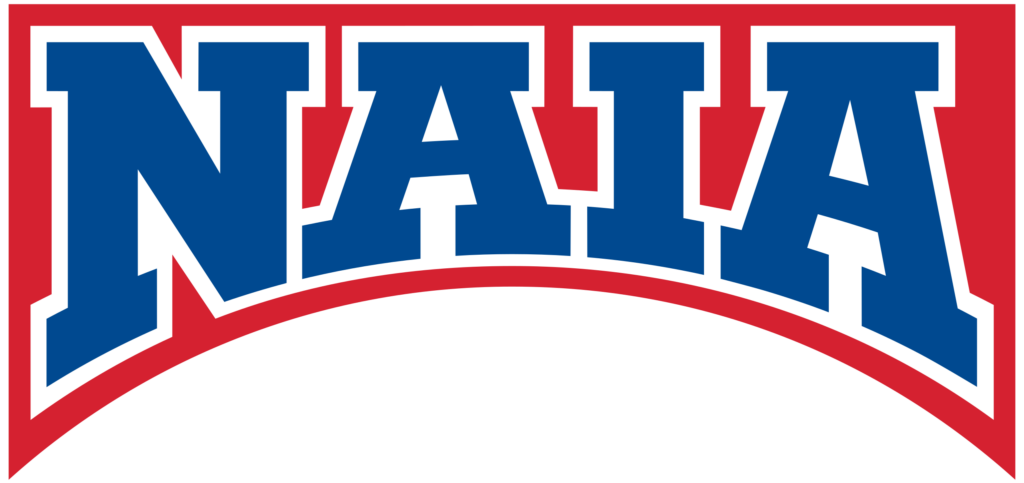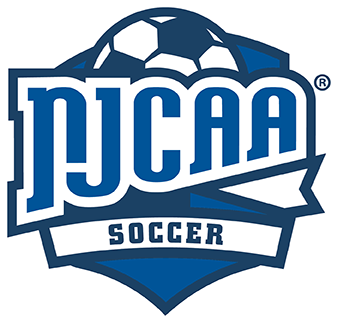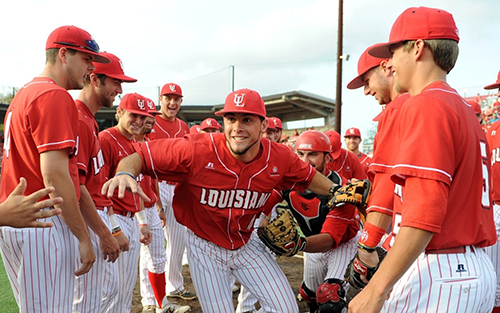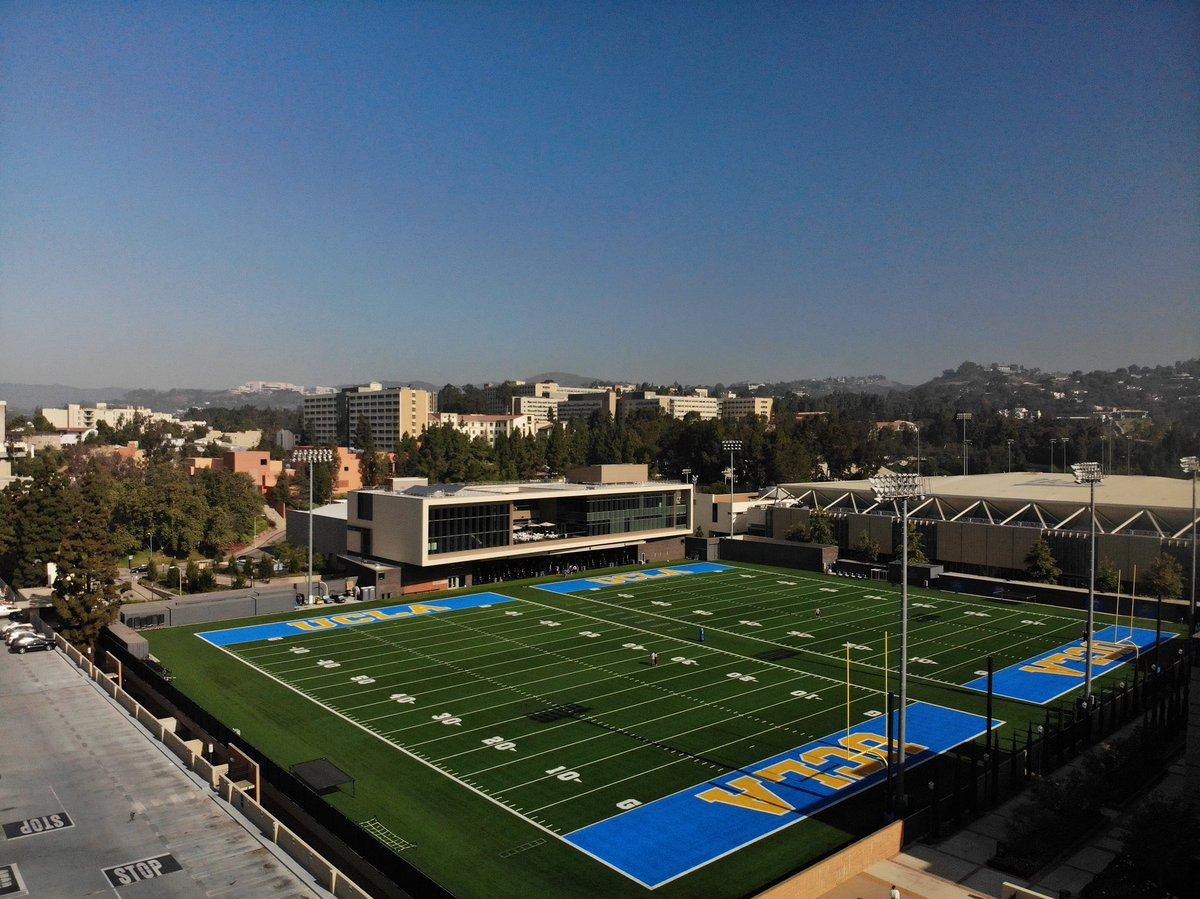Combining soccer with a study, who wouldn’t want that? In America, you have the opportunity to pursue your sport daily while also getting an education. You might think this is only for the very best, but nothing could be further from the truth. In America, there are different college soccer levels, offering many more opportunities than you might initially think. In this blog, we’ll discuss exactly what these levels are and what requirements are set for each division.
Would you like some more general information about the various sports leagues in America first? Want to know which ones exist and what they entail? Click here quickly.
NCAA
Division I
Division I is the highest level of competition. The athletic ability of the players here is incredibly high. Generally, Dutch boys and girls who have trained at professional football academies or have played in the absolute top of amateur football play here. Student-athletes can receive both athletic and academic scholarships here.
The universities in this division are often larger schools with top-notch facilities and excellent study and sports programs. As a result, the sports competitions are attended by many more people, often from the wider surrounding area of the university.
Academically, a lot is expected of the athletes. Therefore, a great deal of discipline and motivation is required to invest enough time in your studies outside of the busy training and competition schedule.
To be eligible to play for a Division I university, you must meet several conditions. You need to have a minimum GPA and have successfully completed high school. Additionally, as an athlete, you must never have signed a professional contract with your club or earned any money from your sport.
Division II
Division II is not far behind Division I in terms of level. Slightly more time is scheduled for studying, but the intensity of sports remains very high. However, during the off-season, there is time to enjoy American life by relaxing, while Division I teams continue training. Even at the second level, mainly footballers from professional football academies (BVOs) and top amateur teams are active. The top Division II schools can often even win against the lesser Division I universities.
The academic and amateur status requirements in Division II are almost the same as those for Division I. Academic and athletic scholarships are also offered to student-athletes.
Division III
The requirements to play in Division III are less strict than for Division I and II. While plenty of time is certainly spent on playing football, academic performance is often equally as important.
At these schools, you often spend a lot of time in classrooms and on campus, allowing you to interact more with your fellow students. There’s plenty of time and space to do fun activities and explore the city.
In Division III, only academic scholarships are offered. Good grades and achievements in school are therefore highly rewarded here.
At the top of Division III, there are still many talented footballers. Here, you can also encounter players who have played for top clubs in the Netherlands. However, this division also features many footballers who are pursuing academic excellence. Slamstox footballer Noud Geerink is one of the Dutch players active in this division, and we spoke to him about his experiences some time ago. You can read his story here.
NAIA
The NAIA is a separate association. The schools here are generally smaller, but still offer the American student life experience. The association is still growing, leading to an increase in the level of competition each year. Generally, the schools in terms of level are comparable to those in NCAA Division II.
For students who want to combine top-level sports with studying, an NAIA school is an excellent choice. The training program here is often slightly less intense than in DI and DII, but extra study time mainly comes from a much more favorable travel schedule. NAIA schools play more regionally, allowing players to spend less time traveling and therefore have more time for studying and exploring the campus.
Schools in the NAIA also offer both athletic and academic scholarships. Additionally, the academic requirements you need to meet are often a bit easier than in the NCAA. The minimum GPA requirement is slightly lower, and you can also get in with a lower SAT score. However, you should not underestimate the academic level; the studies here are also of a high standard.
NJCAA
In the NJCAA, universities offering two-year study programs compete. The admission requirements here are generally less strict than at four-year universities. Players must have completed at least high school and maintain amateur status here as well.
The NJCAA also consists of three divisions.
Division I and II offer athletic and academic scholarships, while Division III only offers academic scholarships. The level difference is almost the same here as well. Division I is the highest level, with schools offering a high-level athletic program, while Division III schools focus mainly on academic performance. In terms of level, the NJCAA is a fantastic stepping stone to prepare yourself for NCAA DII or even DI level.
Playing soccer in the NJCAA gives you the opportunity to significantly boost both your academic and athletic levels in just 2 years. Often, these universities are also much more affordable financially, making it possible for many students to achieve their American dream. Berend Heijmans is one of the soccer players from Slamstox who started at an NJCAA school and is now active in NCAA DII. You can read his story here.
Are you interested in playing soccer and studying in America? Fill out this form without obligation, and we’ll be happy to explore the best options for you.

